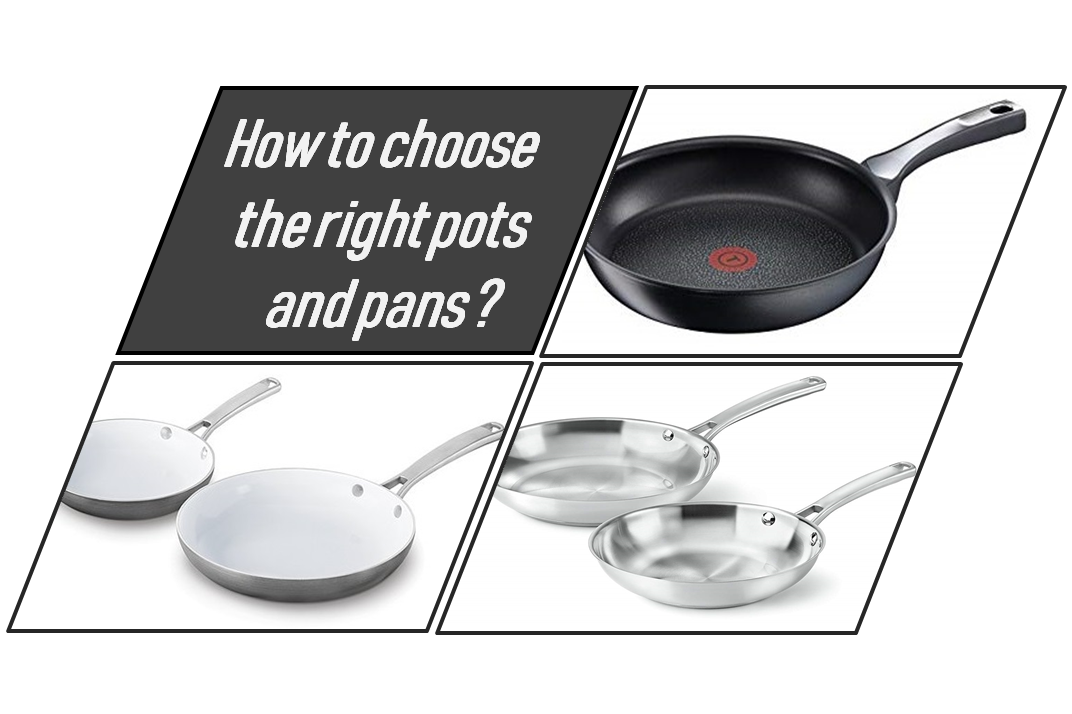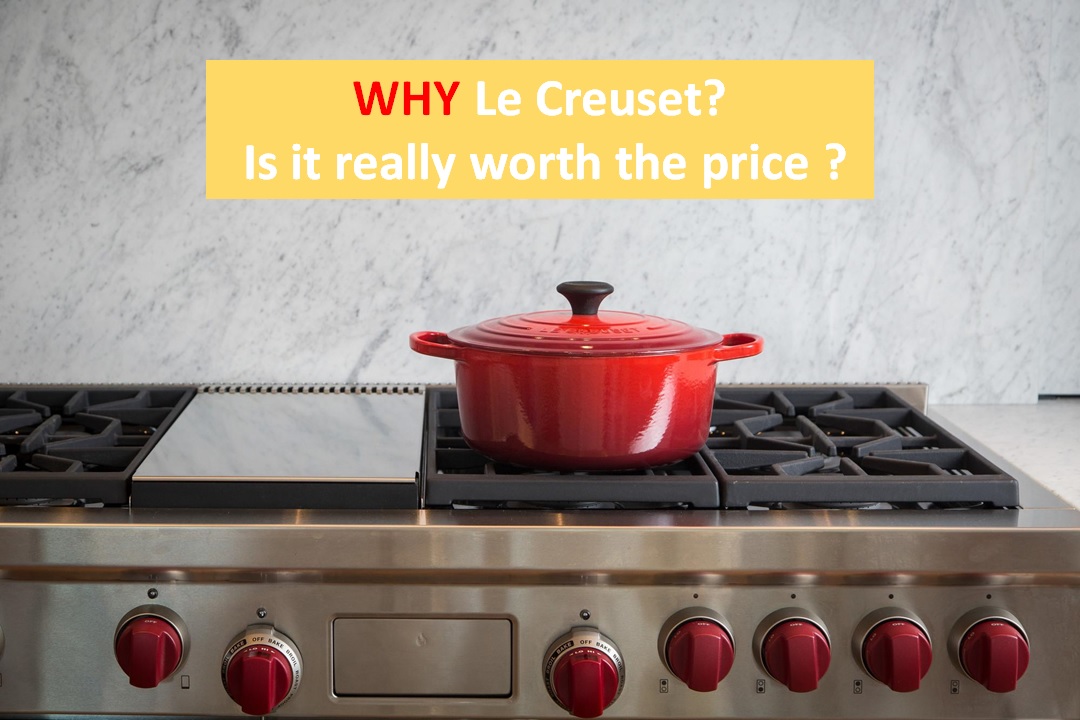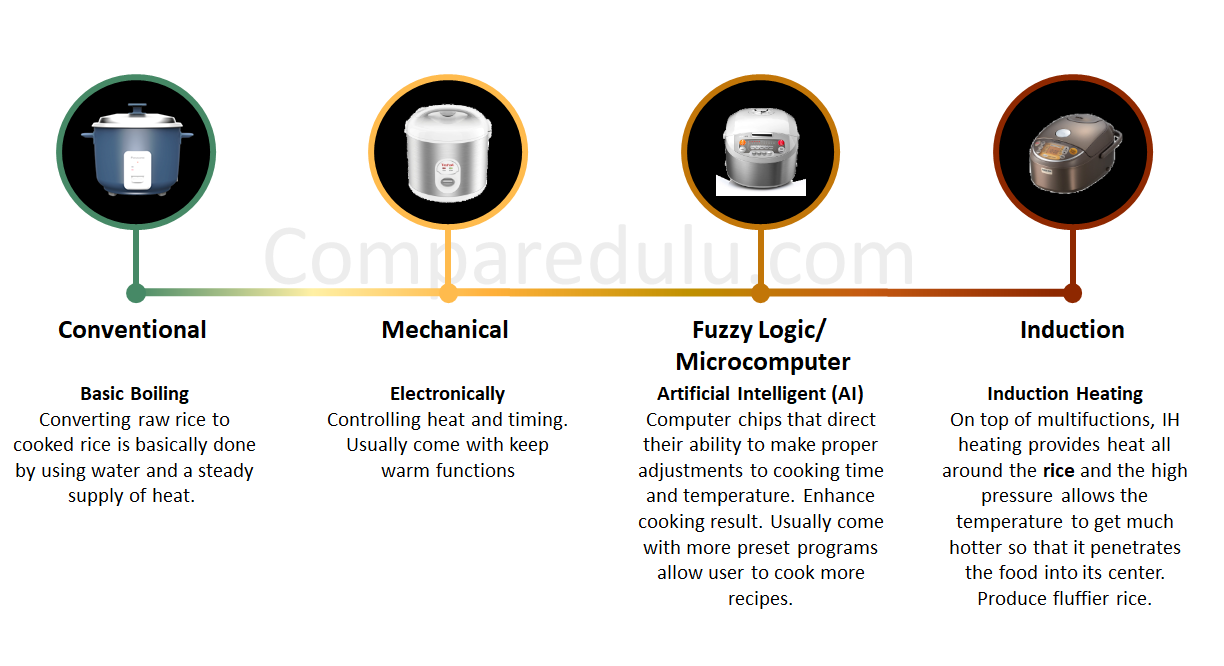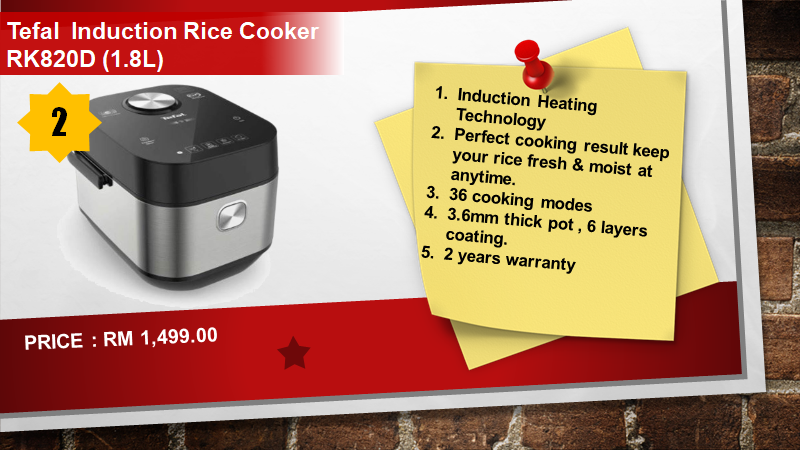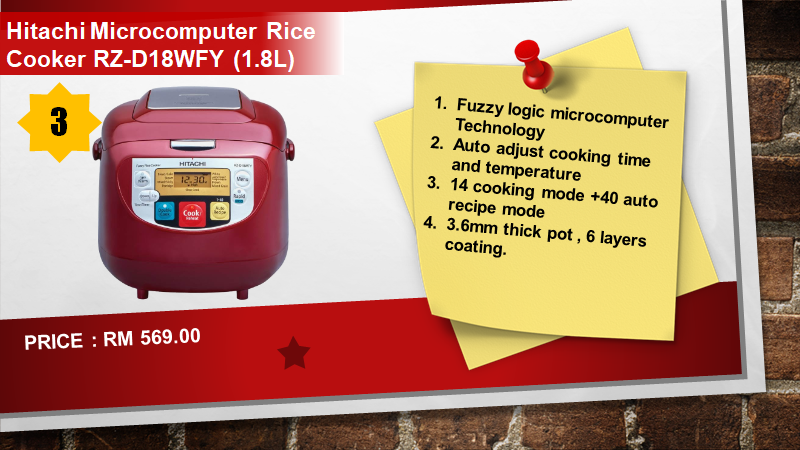Which cookware materials is the best? Every type of cookware has pros and cons. And certain cooking methods work better in certain materials. For example, the ideal pan for saute will be very sensitive to temperature changes, whereas the best pot for braising will hold and regulate heat despite temperature changes.
Your goal should be to assemble the pieces that are most appropriate for the foods you cook. This guide will help you learn more about the surface materials used in most cookware and how they may work for you.
CAST IRON
Cast Iron is a poor conductor of heat; which means it's slow to heat up and slow to cool down. Cast iron cookware is available in its natural state or enamel coated and both cook similarly but there are other notable differences.
Durability :
Ease to use :
Price (1 star = low price) :
Suitable to cook:
Chop, steak, thick fish fillets
Recommended Brand:
No specific brand
Tips :
Pre-season before use, creates a wonderfully nonstick interior.
Downside :
- Rust in moisture circumstances
-Heavy
STAINLESS STEEL
Stainless steel is made by adding chromium and nickel to steel, making it highly anti-corrosive. The most preferred type will be stamped "18/10" (the ratio of chromium to nickel added) though other types of stainless steel are also used with very good results.
Durability :
Ease to use :
Price (1 star = low price) :
Suitable to cook:
All kinds of dishes
Recommended Brand:
Zebra / Buffalo / WMF
Tips :
Pre-season before use, creates a wonderfully nonstick interior.
Downside :
- Easy to stained and hard to clean
- Need use a lot oil to prevent food stick on the pan.
NON-STICK
Nonstick lend themselves to healthy cooking. Most non-sticks allow the cook to use minimal amounts of oil or or even advertise that you can use none at all (we don't recommend that). You can use PTFE cookware safely as long as you use it properly.
Durability :
Ease to use :
Price (1 star = low price) :
Suitable to cook:
Stir-fry vege, egg, etc...
Recommended Brand:
Tefal / Le Creuset / Scanpan
Tips :
-Do not use high heat to cook, shorten the lifespan of non-stick surface
-Cook with little to no oil
-Avoid using metal utensil
Downside :
- Shorter lifespan
- Extra care needed
- Pricey
CERAMIC
Ceramic is a newer surface material in the world of nonstick cookware. It’s widely considered to be the safest and most environmentally friendly option.It’s free of PTFE and PFOA, and comes in a wide variety of styles and colors.
Durability :
Ease to use :
Price (1 star = low price) :
Suitable to cook:
Stir-fry vege, egg, etc...
Recommended Brand:
Greenpan / GreenLife
Tips :
-Avoid the use of high heat, as this will affect its nonstick properties.
-Cook with little oil
-Avoid using metal utensil
Downside :
- Shorter lifespan
- Extra care needed
- Pricey
You will use your pan almost daily, so it's important to make sure it has the right "feel." Choose the one best fit your need and budget.
Other related articles : How To Choose Pot & Pan Best For For You?


